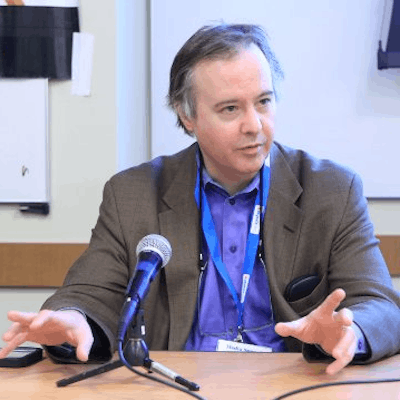WHAT IS HAND?
HAND (Human & Digital) is built on a unique identifier standard: ISO 26324.2022 – Digital Object Identifier System (DOI) providing global Talent Identity resolution & verification – enabling cost savings, greater security, and revenue acceleration.
As a B2B SaaS company, HAND bring simplicity and scale to talent identity with Identity Intelligence – our interoperable talent ID framework – built to enable reliable verification of quantifiably notable real (legal & natural) persons, their virtual counterparts, and fictional entities.
As talent’s consent-based Digital Replica usage grows, trusted tools providing vectors of authenticity for talent’s unique NILV (Name, Image, Likeness, and Voice) are essential. Authorized by the DOI Foundation as one of only 12 registration agencies in the world, HAND’s ID registry meets emerging needs for talent provenance automation in the digital age.
WHAT DOES HAND IDENTIFY?
HAND’s interoperable, forever IDs enable standards-based verification of THREE TYPES of quantifiably notable talent objects in the modern media supply-chain: Legal & Natural People, their connected Digital Replicas, and Fictional Characters – in sports, entertainment, news/politics, gaming, fashion, and more.
LEGAL & NATURAL PERSONS
HAND ID: 10.23/F72B-0103-B361-05F9-3Z71
CONNECTED DIGITAL REPLICAS
HAND ID: 10.23/5F45-8D85-5C84-E4AD
FICTIONAL CHARACTERS
HAND is more than Hollywood, it's SPORTS & Public Figures...
..and Fashion, Gaming, Music, & beyond
Meet HAND CENTRAL - a 1 Minute Demo Video
In this quick-fire demo video of HAND Central – (made from a 6 minute demo compressed to 1!) you can see our world-class data transformation platform for talent identity.
Developed in partnership with with Technical Emmy-award winning data scientists, and built for the M&E (media & entertainment) industry – by veterans from the areas of content metadata, production workflows for Film & TV, CGI/VFX leaders, taxonomists / ontologists, data architects, experts in knowledge graphs, AI, machine learning, natural language processing (NLP), and media metadata standards.
Industry Experts on HAND

“In my years of working to optimize content supply-chains at Warner Bros. Pictures – we always thought it would be great if not only content, but talent – had a unique, global ID. True automation arrives when all key master data is machine readable. HAND Talent IDs will help push this vision into a reality.”
SUSAN CHENG – ex-EVP – Content Operations – Warner Bros. Pictures

“Fabric Data looks forward to HAND’s Talent ID standard arrival. We’ll definitely include them in our workflows via our orchestration layer. This is a great move for the industry to get aligned around the value of global, persistent talent ID’s in media & entertainment overall.”
ROB DELF – CEO – Fabric-Xytec

“..I am constantly reminded of the fact that attribution of character in the new virtual environments will be essential for IP rights holders in order to be compensated correctly. What HAND is looking to do with a global Talent identifier could go a long way towards helping reduce friction and ambiguity in these emerging storytelling worlds.”
CHRIS PFAFF – CEO, Chris Pfaff Tech/Media LLC, Co-Chair, VR/AR Assoc., Member, Producers Guild of America – New Media Council East

“There is a reason why there are numbers on every athlete….. They should have another number to navigate and simplify their careers. We should consider the individual advantages if talented people could have more control over their work identities. I think HAND is a step in that direction.”
JAMES BLEVINS – Chairman, HPA NET, Media Consultant & Producer (MESH, Valid Essence, Lucasfilm)
BOTH IS BETTER
We originally & intentionally named the company HAND (Human & Digital) – because we wanted to help foster a world where the co-existence of human creativity, augmented by the capacities of digital technologies – are acknowledged for the potential of their additive (not reductive) inter-relationships.
An ethical world where IP rights are respected, where human agency is a given, consent is essential, where trust and transparency are a feature, not a bug.
A world that respects both the Human – and the Digital – which is why we say:



